Abstract
Connecting nanoscale mechanical resonators to microwave quantum circuits opens new avenues for storing, processing, and transmitting quantum information. In this work, we couple a phononic crystal cavity to a tunable superconducting quantum circuit. By fabricating a one-dimensional periodic pattern in a thin film of lithium niobate and introducing a defect in this artificial lattice, we localize a 6-GHz acoustic resonance to a wavelength-scale volume of less than 1 cubic micron. The strong piezoelectricity of lithium niobate efficiently couples the localized vibrations to the electric field of a widely tunable high-impedance Josephson junction array resonator. We measure a direct phonon-photon coupling rate g/2π≈1.6 MHz and a mechanical quality factor Qm≈3×104, leading to a cooperativity C∼4 when the two modes are tuned into resonance. Our work has direct application to engineering hybrid quantum systems for microwave-to-optical conversion as well as emerging architectures for quantum information processing.
Figures
Register to see more suggestions
Mendeley helps you to discover research relevant for your work.
Cite
CITATION STYLE
Arrangoiz-Arriola, P., Wollack, E. A., Pechal, M., Witmer, J. D., Hill, J. T., & Safavi-Naeini, A. H. (2018). Coupling a Superconducting Quantum Circuit to a Phononic Crystal Defect Cavity. Physical Review X, 8(3). https://doi.org/10.1103/PhysRevX.8.031007

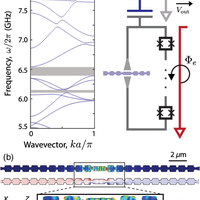
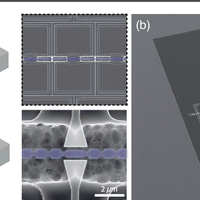
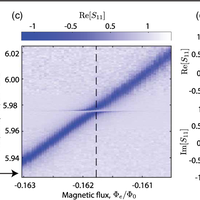
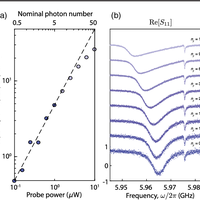
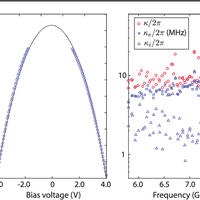

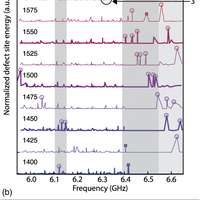
![FIG. 8. Experimental setup schematic. The sample is placed inside a multilayer magnetic shield [2.5-mm-thick aluminum and 1-mm-thick Cryoperm (MuShield, Inc.)] at the mixing chamber plate of a dilution refrigerator with base temperature T ≈ 7 mK. The measurement and control electronics for probing the scattering parameters and applying a flux bias are illustrated.](https://s3-eu-west-1.amazonaws.com/com.mendeley.prod.article-extracted-content/images/922e8fc3-5a78-3993-b3d8-2ffeb1a91eb9/thumbnail-ca5adbe4-469e-4e7d-9e91-f342b6bba479-7.png)
